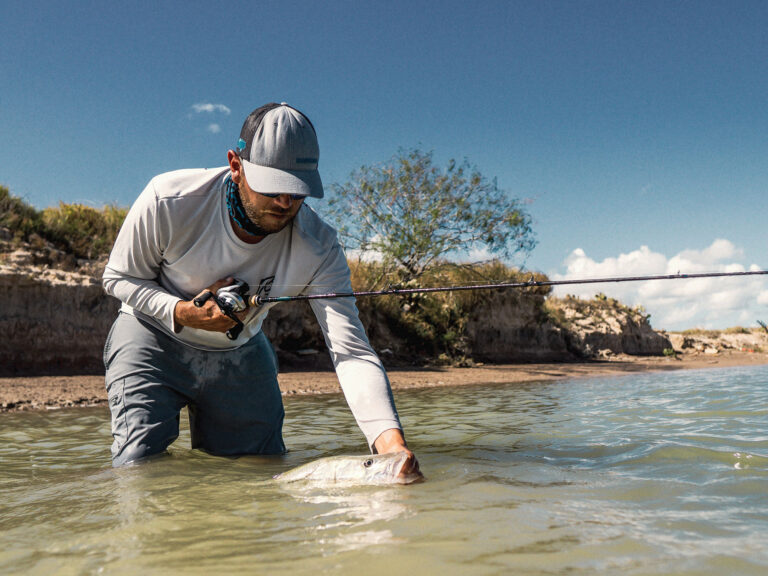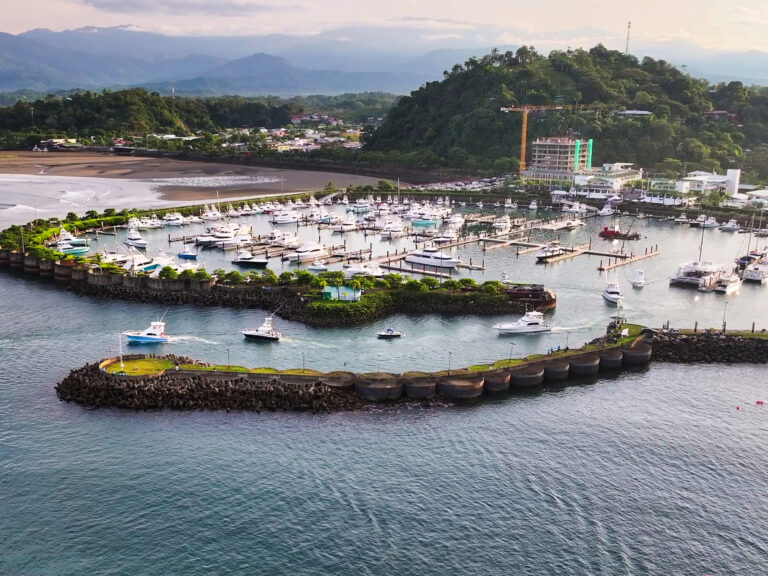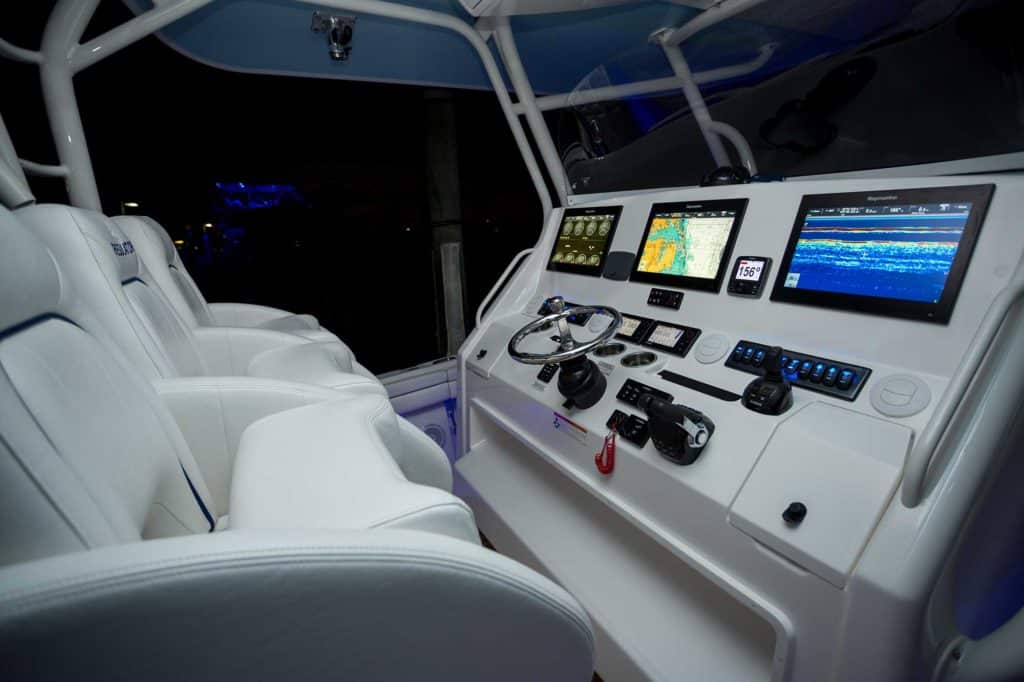
Check out just about any new center-console fishing boat, and you’ll find most are equipped with two or even three multi-function displays (MFDs) at the helm. What’s the point? Wouldn’t one large MFD capable of split-screen views be sufficient?
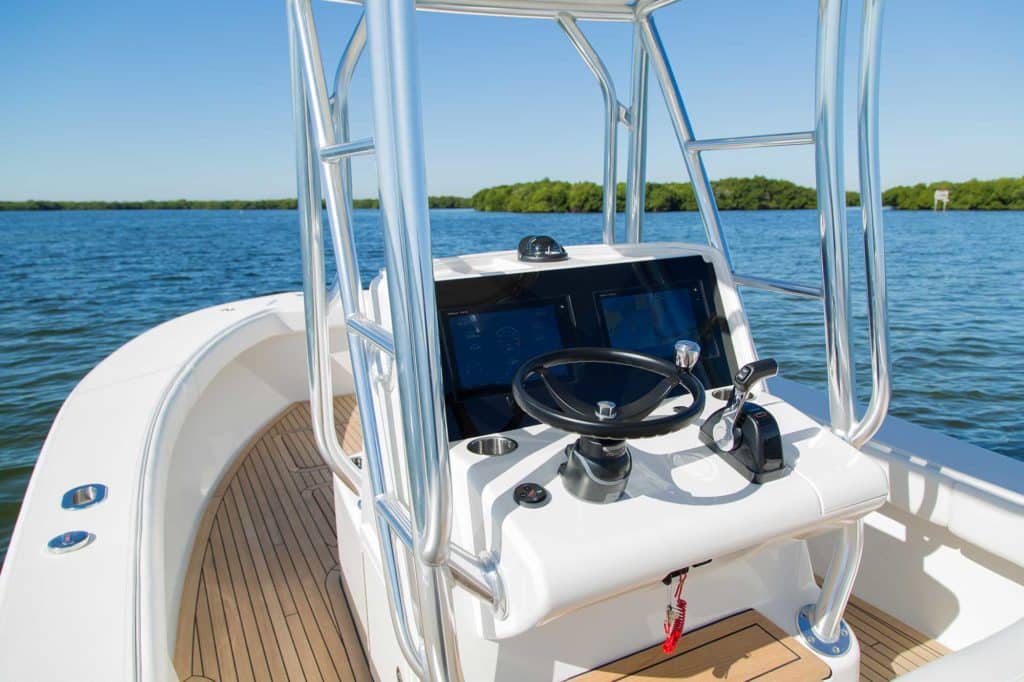
You might have gotten away without multiple MFDs in the past, when your single displays handled only the sonar, chart plotter and perhaps radar. But with today’s fishing machines, the MFDs control and monitor more systems than ever. On some boats, they have replaced traditional engine gauges, autopilot control heads and conventional switch panels for accessories such as bait well pumps and lighting.
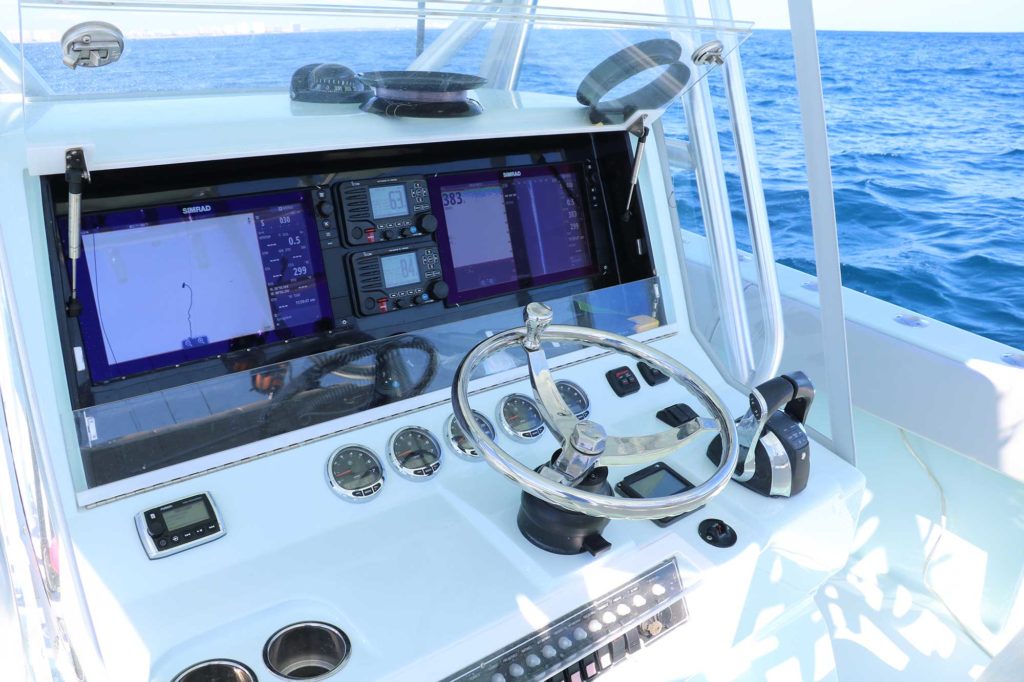
Now imagine an MFD failure. With just one display on the boat, you lose control of just about everything. It’s far worse than going without a fishfinder or plotter. You can’t turn on the livewell pump or your nav lights or, heaven forbid, your stereo.
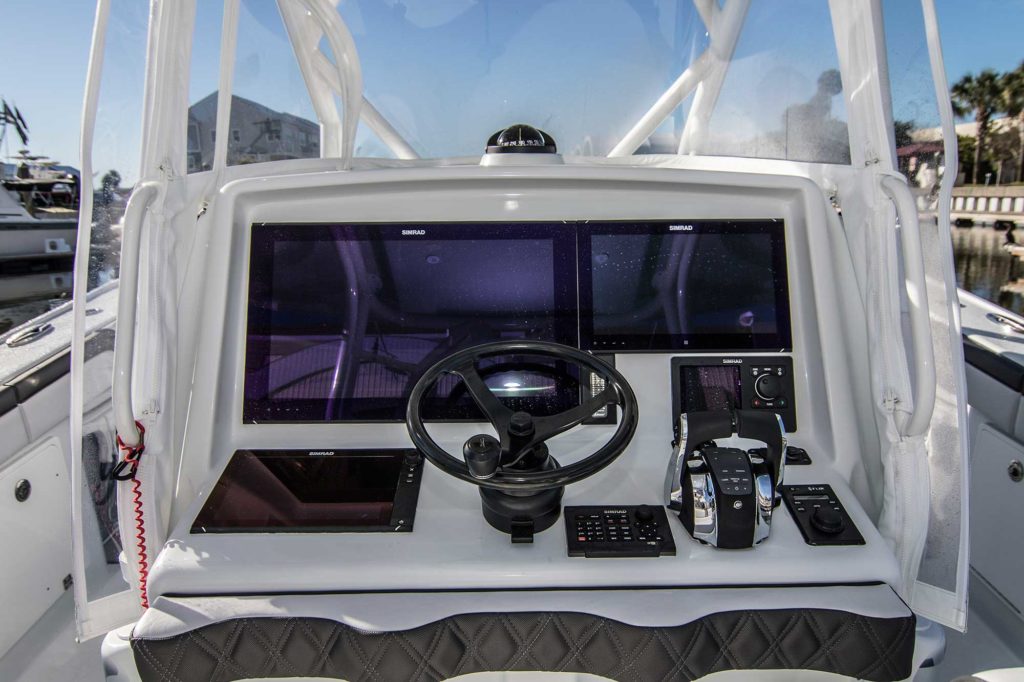
Sure, there are workarounds in case of an MFD failure, but it’s hassle and takes time. It usually involves climbing inside the console to plug in some jumpers to activate circuits for key accessories. Not a fun job in rough seas and hot, humid weather. It’s far easier to switch to one of the other functional MFDs, which is cross-networked with all systems so you maintain control.
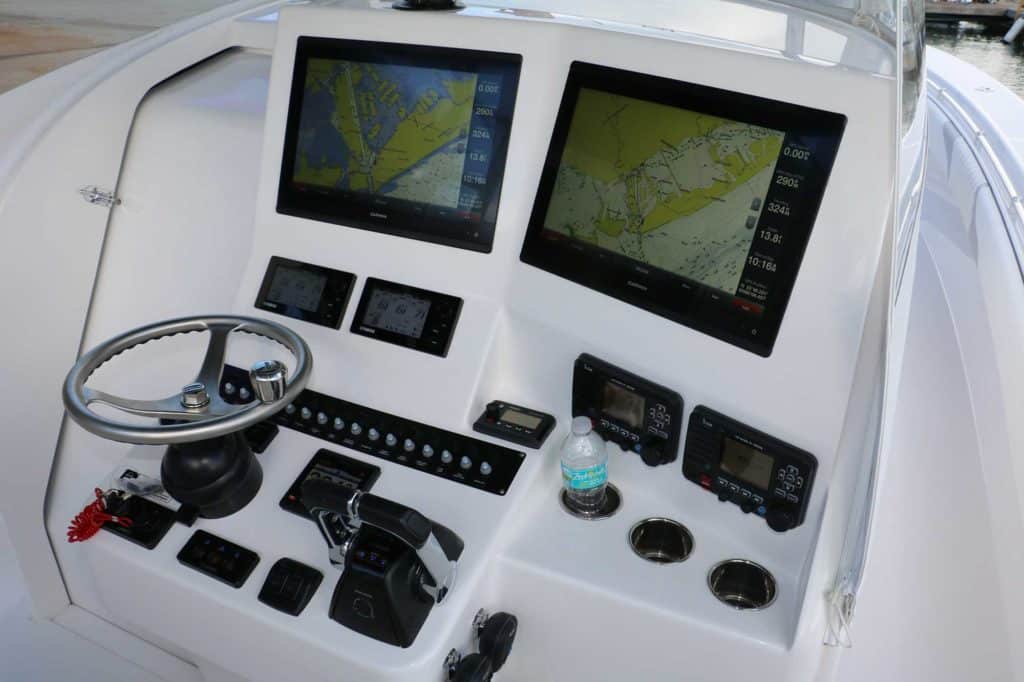
Even without a failure, there’s an advantage to having larger views by spreading out information across two or three MFDs. You can see the chart plotter, fishfinder, radar and engine data much better. For guys like me whose eyes aren’t getting any better, that’s a great luxury.
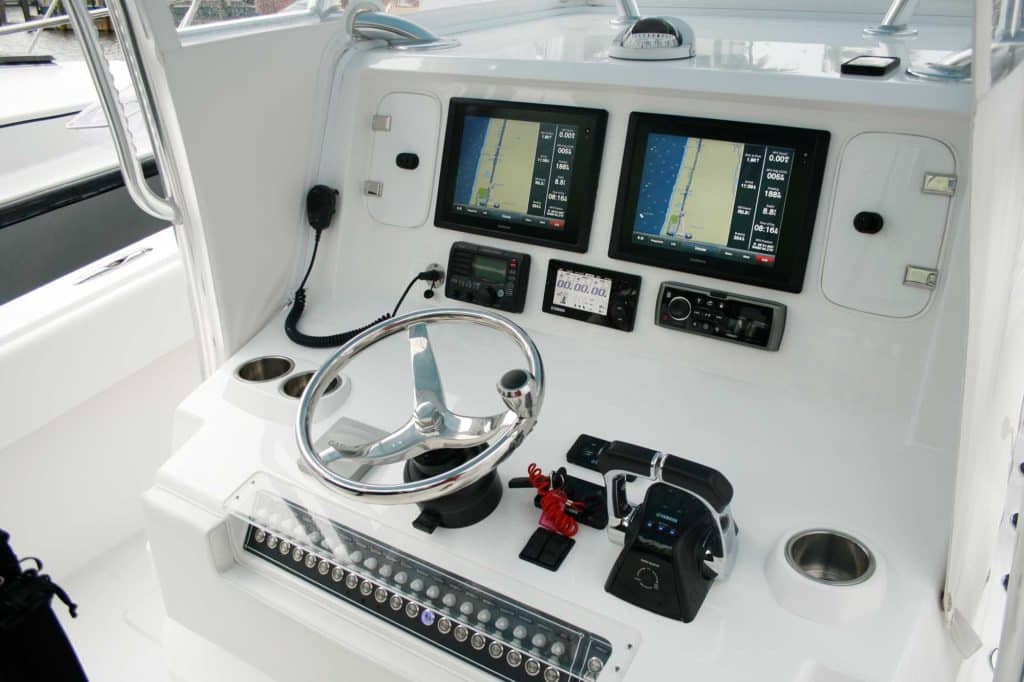
With multiple MFDs, there’s also great reassurance and peace of mind in knowing that I can still monitor and control the boat’s onboard systems, even if one display goes kaput.






